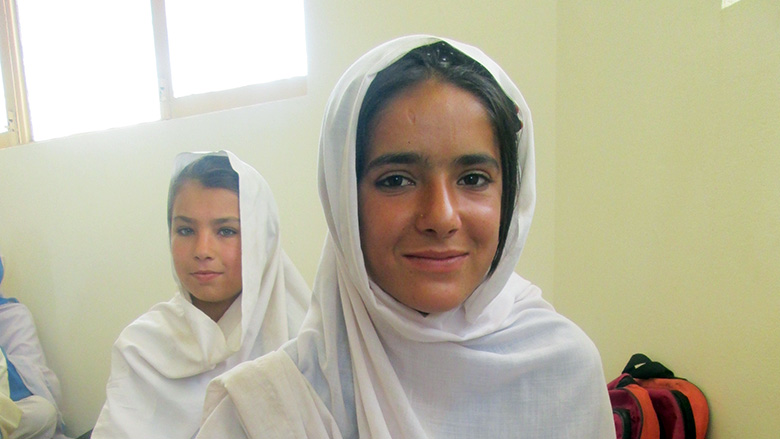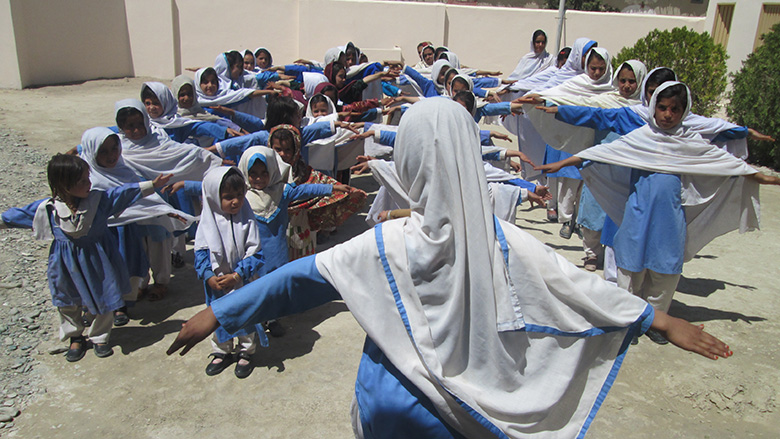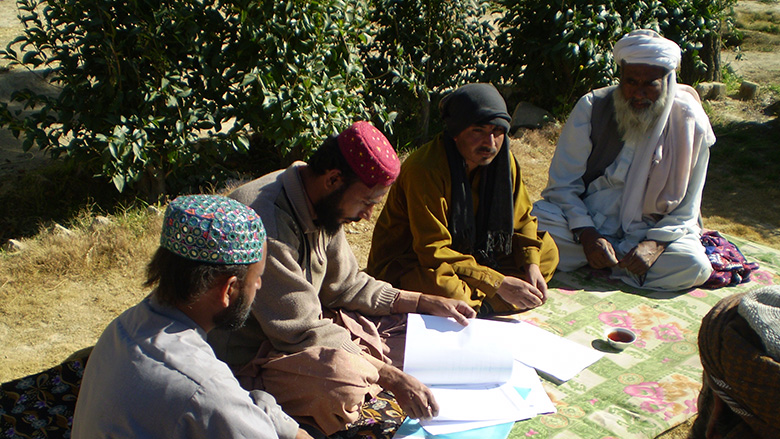PGEB has improved access to education and retention of children in schools, especially girls, in the remotest parts of Balochistan. This is one of the eleven projects being financed under the KP, FATA and Balochistan Multi Donor Trust Fund (MDTF) set up in 2010 to support the rehabilitation effort in crisis-affected areas.
Context
Balochistan has traditionally ranked lowest among education indicators in Pakistan. The net enrollment rates (NER) for boys and girls at all levels are at least 10% lower than the national average. The indicators for female enrolment are exceptionally poor, especially at the rural level. The NER for girls in rural Balochistan is 33% at the primary level (age 6-10 years), and drops to 7% at the middle school level. Almost 40% of the 22,000 settlements do not have schools.
The vast geographical area and low capacity for education service delivery are key factors. Almost 9% schools are without any shelter, 57% schools have no drinking water, 46% have no boundary walls, 52% have no electricity, and 29% are without a toilet facility



